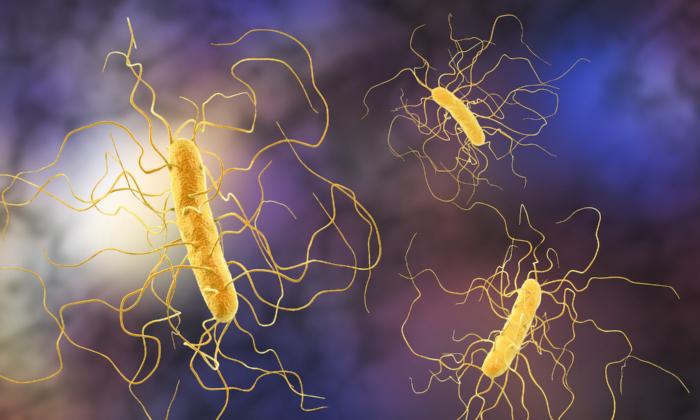Activating the amygdala, an almond-shaped part of the brain that processes emotions, can give rats an addictive, intense desire for sweets, say researchers.
Most people encounter and consume highly delicious foods, such as chocolate chip cookies and candy, and addictive substances like alcohol, nicotine, and caffeine on a regular basis. For many people, these rewards act as pleasurable treats that are both wanted and liked, but for the most part consumed in moderation.
“One reason they can be so problematic for certain individuals is their ability to become almost the sole focus of their daily lives, at the cost of one’s health, job, family, and general well-being,” says lead author Mike Robinson, a former postdoctoral fellow at the University of Michigan, now an assistant professor of psychology at Wesleyan University in Connecticut.
Robinson says it is this moderation and balance of reward avenues that allows people to lead and maintain a healthy lifestyle.
However, for a small portion of vulnerable individuals, these rewards progressively become intensely craved, skewing their normal balance of desires and leading to addiction, he says.
“Understanding what part of the brain is involved in causing intense narrowing of focus to make one reward valued at the detriment of all others might provide crucial insights into treating addiction and excessive/compulsive consumption disorders,” Robinson says.
Rats and Rewards
In the study, whenever the rats pushed a lever to earn a particular sugary reward, a laser light painlessly activated the amygdala in their brains for a few seconds, making neurons in it fire more excitedly. Their amygdala was never activated when the rats earned an identical sugary reward by pressing a separate lever.
Then, a simultaneous opportunity to earn both sugary rewards occurred. Faced with a choice, the rats focused only on earning the particular sugary reward that had previously excited their amygdala, while completely ignoring the other.
The rats also were willing to work much harder to earn the sweet reward associated with amygdala activation than to earn the other sweet reward.
The amygdala activation focused the rats’ desire on the sweet reward with which it was associated. By itself, the amygdala-stimulating laser appeared worthless to the rats, who didn’t seem to care if the amygdala-stimulation was on or off, unless the sugary reward was also present.
Robinson says the results suggest a role for the amygdala in generating focused and almost exclusive desire as seen in addiction.
“Understanding the pathways involved in addictive-like behavior could provide new therapeutic avenues for treating addiction and other compulsive disorders,” he says.
The findings appear in the Journal of Neuroscience. Republished from Futurity.org under Creative Commons License 3.0.
You May Also Like:
[aolvideo src=“http://pshared.5min.com/Scripts/PlayerSeed.js?sid=1759&width=480&height=315&playList=518549440&responsive=false”]
*Image of “girl“ via Shutterstock





